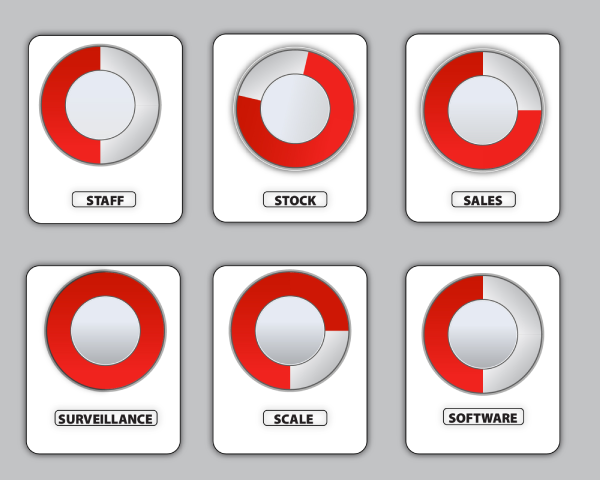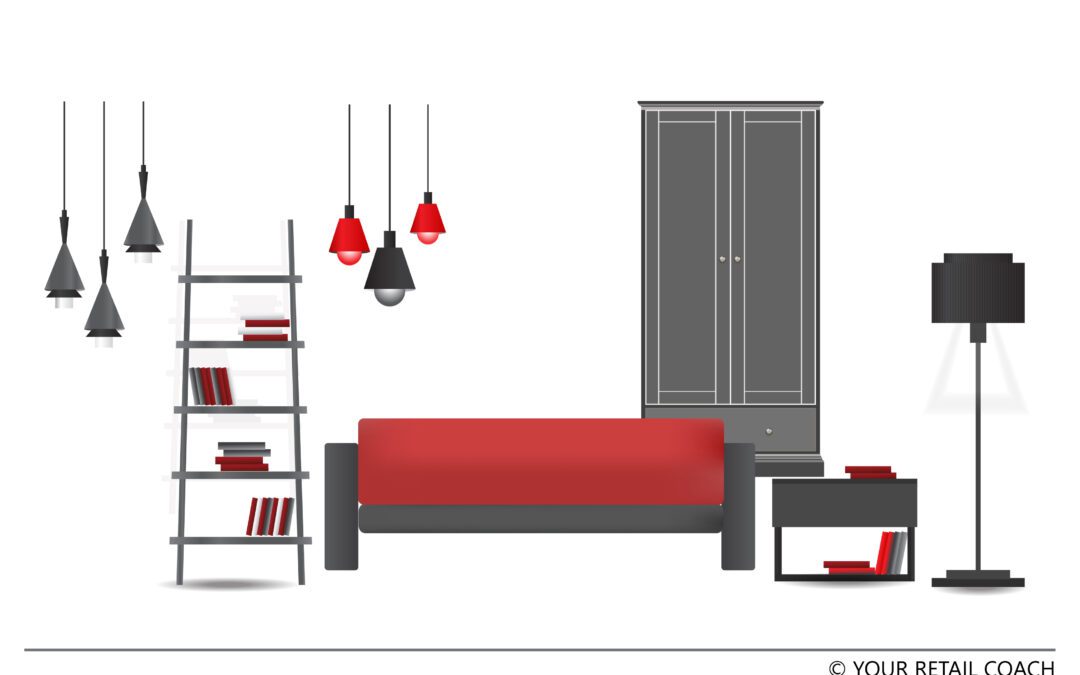The demand for furniture of various types, and styles, and for different spaces, such as commercial offices, houses, hotels, resorts, etc., has been growing as infrastructure, the standard of living, and the tourism and hospitality industry grow. If you are looking to start a furniture business, you need to know how to get started. Firstly, having a good sense of what customers want and adjusting your designs to meet their needs gives you the foundation for starting your furniture business. Secondly, in order to make your start-up profitable, you’ll also need to be an expert in business management. Follow these steps to start a successful furniture business.
In-Depth Furniture Market Research
The goal of market research is to provide fact-based reasoning for estimating sales and profitability in order to develop a marketing strategy for your furniture business. Market research provides information about the market and can tell you how your furniture products will be perceived by the target users you want to reach and can also help you understand how to connect with them. It can also play an essential role in manufacturing your furniture products, bringing them to the marketplace, and marketing them to consumers.
Unique Value Proposition
If you get your value proposition right, it will be a huge boost, since it’s the main reason a customer should buy furniture from you. For instance, you can make a specific decision regarding the target market you’ll be selling to, such as residential, resort, or commercial, or what kind of furniture you will create, such as home furniture, office furniture, etc. Also, take a look at your competitors to see what they do not offer. By doing this, you can determine if your product fills a gap in the market which can lead to your business success.
Product Finalization
Starting a successful furniture business begins with product finalization. Here, it is important to make sure that your furniture product meets the needs of customers while meeting quality standards. It is also important to test your products thoroughly before launching in the market in order to ensure their long-term success and increase customer loyalty. To put it simply, before the product can be considered finalized, there are three major steps involved: designing the product, testing, and fixing bugs.
Create a Business Plan
By writing a furniture business plan, you commit your ideas and plans to writing and providing yourself with a road map to success. The furniture-making business plan can include marketing strategies, financial projections, operations plans, as well as information like what kind of furniture you make, how you make it, how you are different from your competitors, and who your target customers are. Financial projections are especially important when you are seeking investors for your startup business
Operational Plan For Supply Chain
In order for a furniture product to reach the end consumer, many steps and checkpoints must be crossed to avoid delays or closures in the supply chain. Furniture’s movement from conception to consumption is reflected in first-mile delivery, mid-mile delivery, and last-mile delivery. It is important to set up a systematic operations plan for first-mile, middle-mile, and last-mile delivery if you want to make sure that your customers receive their parcels as quickly as possible.
IT Softwares Implementation
Nowadays, it isn’t easy to survive in a competitive environment. A furniture business flourishes when it’s efficient, makes strategic decisions, and uses the right technology or software. IT software can assist with Business Process Automation, which reduces the need for manual inputs by using technology and software. In addition to reducing operational costs, it has increased productivity for many businesses. As a matter of fact, every business should make sure to utilize IT software for accounting, customer support, supply chain, inventory management, etc.
Standard Operating Procedures
Your SOP should include step-by-step instructions for meeting consumer expectations on time and enhancing workflow efficiency while ensuring consistency in production and performance, as well as complying with regulatory requirements. By developing standard operating procedures for your furniture business, your staff or team can consistently deliver high-quality deliverables without mistakes. Following standard operating procedures (SOPs) will allow you to consistently meet customer demands and company standards.
Pre-launch Plan
A product launch plan will help you launch your new product successfully when it’s ready. You can create buzz and anticipation for your new product by implementing a pre-launch campaign. You will be able to build contact lists, generate leads, and convert those leads into customers. Additionally, you can gather feedback on your product to determine if it is being received well and/or fine-tune its design accordingly.
Marketing Plan
Furniture businesses can benefit greatly from marketing (both online and offline). You should definitely consider putting some effort into your marketing strategy if you are starting your own furniture business. When it comes to online marketing. you can boost your website’s SEO to attract more visitors or utilize Instagram and Facebook to run collection ads. You can capture more leads using offline marketing strategies such as subscriptions, discounts, and incentives.
About YRC Consultants
Are you wondering what it takes to start a furniture business? YRC can assist you in setting up and running your furniture business. Our team of experts will assist you in identifying the right niche, creating the necessary infrastructure, and creating a business plan that ensures your business’ success. Among our services are business plan evaluation, operations manual or standard operating procedure, marketing plan, process automation, etc.
Retail Healthometer
Check the health of your business? Are you ready to organize & scale ?












